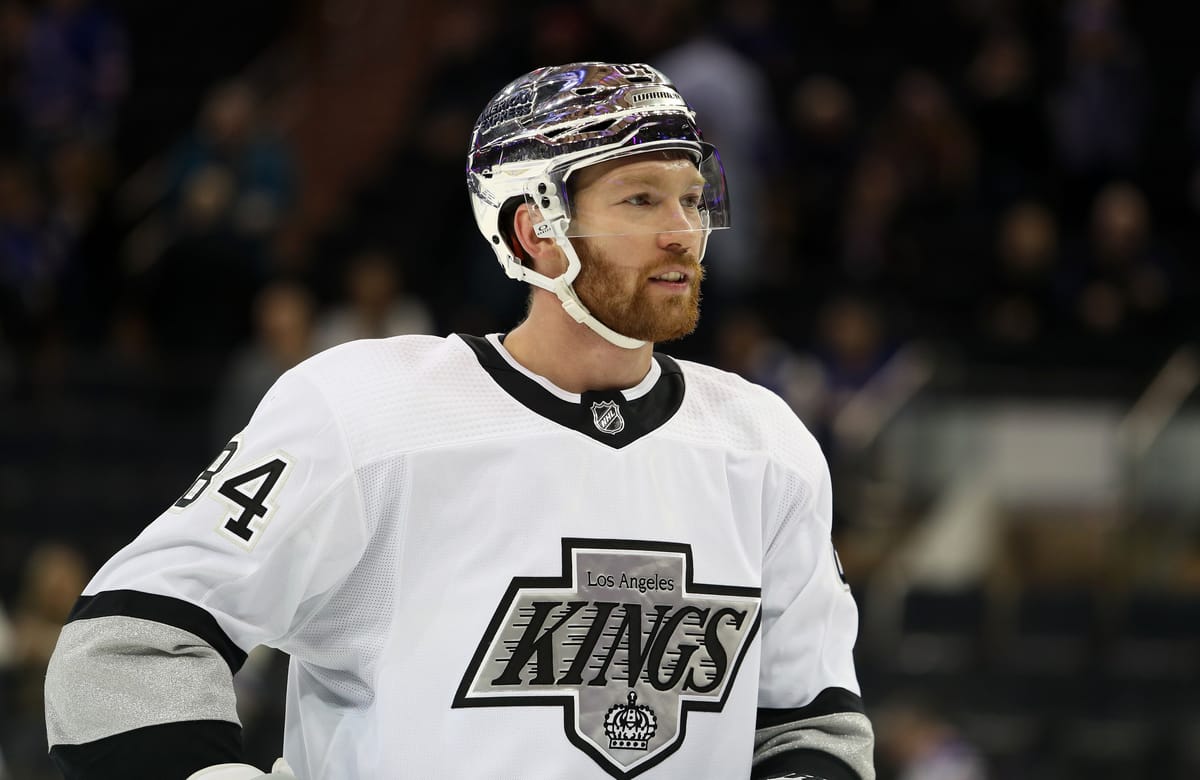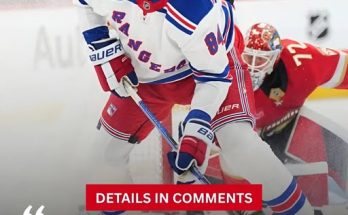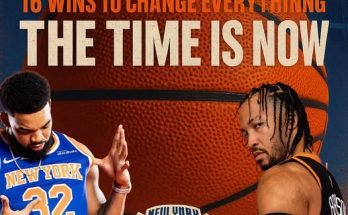The NHL’s free agent frenzy has come and gone, leaving the hockey world buzzing with excitement, surprise, and speculation. For the New York Rangers, it was a calculated, deliberate approach that prioritized depth, balance, and system fit over blockbuster splashes. General Manager Chris Drury made it clear with his moves: this team is focused on building a sustainable contender, not chasing headlines. With a roster already brimming with talent, the Rangers looked to patch weaknesses and add experienced, versatile contributors to bolster their chances of a Stanley Cup run in 2025. As the dust settles, one question looms large—where exactly do the Blueshirts stand now?
Entering the offseason, the Rangers had some clear objectives. Improve defensive depth, add physicality to their bottom-six forwards, and bolster special teams with role players who thrive in structured systems. With limited cap space and several expiring contracts, the front office had to make prudent, tactical decisions. What emerged from the flurry of signings was a roster that feels more complete, more playoff-hardened, and perhaps more suited to the grind of postseason hockey than in years past.
One of the headline additions was veteran defenseman Derrick Pouliot, who signed a two-year deal and brings a stabilizing presence on the blue line. Though not the flashiest name, Pouliot is a smooth-skating, puck-moving defenseman who has logged minutes at the NHL level and fits well into coach Peter Laviolette’s style. His presence adds security on the third defensive pair and gives the team flexibility if injuries strike. The Rangers saw firsthand in the playoffs how thin defensive depth can derail momentum, and Pouliot provides insurance and experience.
The Rangers also secured forward Trey Fix-Wolansky on a one-year contract. The 5-foot-7 dynamo may not have the stature of a typical NHL winger, but his motor, scoring instincts, and ability to drive play are well documented. With the Rangers losing some forward depth in free agency, Fix-Wolansky has a legitimate shot to earn a bottom-six role, particularly if he impresses during training camp. His signing is low-risk, high-reward—exactly the kind of bet that successful teams make in today’s cap-strapped NHL.
Beyond those two deals, the Rangers were active in making subtle yet potentially significant changes. They added grit, sandpaper, and character—intangibles that don’t always show up on a stat sheet but become invaluable during a playoff war of attrition. While they didn’t land any of the marquee free agents, the front office’s focus on players who know their roles and excel within systems speaks volumes about their strategic direction. This isn’t a team trying to reinvent itself—it’s a team trying to sharpen the edges.
That’s not to say there weren’t losses. The departure of Barclay Goodrow via waivers was a gut punch to many fans. A key piece of the Rangers’ identity since his arrival from Tampa Bay, Goodrow’s versatility, defensive acumen, and leadership were vital in the locker room and on the ice. But with a \$3.6 million cap hit and younger players like Will Cuylle, Brennan Othmann, and potentially Fix-Wolansky ready to step up, Drury had to make a tough call. Cap flexibility is a necessary evil in the modern NHL, and Goodrow’s exit, though painful, opened doors for younger, cheaper talent.
Speaking of youth, the development of the Rangers’ prospect pipeline remains a pivotal storyline. The organization is placing more trust in its homegrown players, and that trend looks set to continue this season. Brennan Othmann, one of the team’s most exciting prospects, is expected to push for a roster spot. His mix of skill and sandpaper mirrors the identity the Rangers want to cultivate. Meanwhile, the continued emergence of players like Braden Schneider, who solidified himself as a reliable blueliner last season, gives the coaching staff more lineup options and potential for internal growth.
Goaltending remains a position of strength. Igor Shesterkin, a perennial Vezina Trophy contender, is the rock upon which this franchise is built. While contract talks loom—he’s entering the final year of his current deal—there’s no indication of unease from either side. Behind him, Jonathan Quick’s steady veteran presence offers a perfect balance. Quick proved last year he can still deliver in spot starts and remains a respected voice in the locker room. Together, they form one of the more reliable goalie tandems in the league.
On the offensive front, the core remains intact and potent. Artemi Panarin, Mika Zibanejad, Chris Kreider, and Vincent Trocheck are all still playing at a high level. Panarin is coming off one of his best statistical seasons, and Zibanejad continues to be a two-way force. Kreider’s net-front presence and power-play contributions make him invaluable, while Trocheck’s gritty, all-around game fills in the gaps. Add in the evolving game of Alexis Lafrenière, who finally showed signs of consistent offensive production, and Kaapo Kakko, who needs to take the next step, and the forward group looks formidable—if not yet elite.
Of course, the biggest X-factor heading into next season is the coaching staff and how Peter Laviolette continues to mold this group. Year one under Laviolette brought more defensive accountability, better structure, and noticeable buy-in from the players. The challenge now is consistency. Can the Rangers replicate regular-season success in the playoffs? Can they avoid the scoring droughts and power-play collapses that have plagued recent postseason exits? Those questions remain unanswered, but with Laviolette’s championship pedigree and the additions made this offseason, the margin for error may be slimmer.
Another point of optimism lies in the Rangers’ power play and penalty kill units. The power play, anchored by Panarin and Fox, was among the league’s best during the regular season. Still, it sputtered in the playoffs—a trend they must reverse if they want to go deeper next spring. The addition of penalty kill specialists in free agency should help the Rangers maintain a strong PK, which was a key component of their regular-season success. If they can find the right chemistry and execution on special teams, they’ll have a significant advantage come crunch time.
Looking across the Eastern Conference, the path to the Stanley Cup Final remains treacherous. The Florida Panthers are the reigning champions and only got tougher. The Carolina Hurricanes retooled with elite defensive additions. The Toronto Maple Leafs, New Jersey Devils, and Boston Bruins all made moves that signal urgency. But the Rangers aren’t far behind—if at all. They’ve made quieter moves, yes, but they’ve addressed needs, maintained cap flexibility, and stuck to a plan that prioritizes sustainable growth over splashy risk.
So where do the Rangers stand now? They’re right in the thick of it. Not favorites, perhaps, but firmly in the contender conversation. They boast elite goaltending, a seasoned core, and a pipeline of young talent ready to break through. Their roster is deeper, more balanced, and better equipped for the physicality and grind of playoff hockey. The questions about whether this team has the killer instinct to win it all still linger—but the front office has done its part. The blueprint is clear. Now it’s up to the players to execute.
If the Rangers can avoid injuries, see continued development from their young forwards, and find playoff consistency from their stars, they have every reason to believe that 2025 could be the year they hoist the Stanley Cup for the first time since 1994. The pieces are there. The hunger is real. And after a smart, disciplined free agency, the Blueshirts are locked in on the mission ahead.



